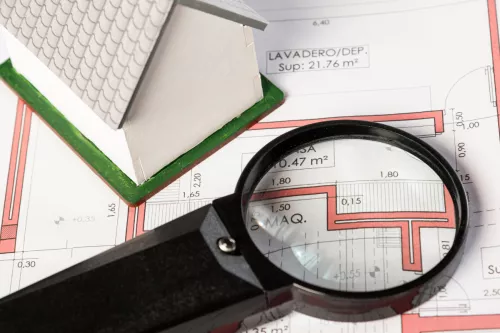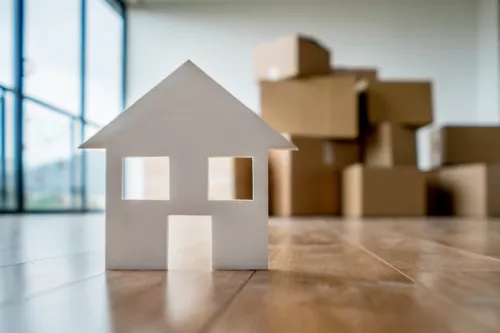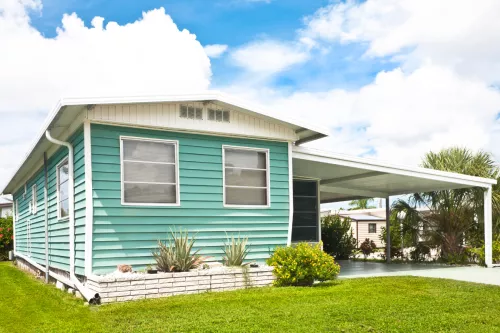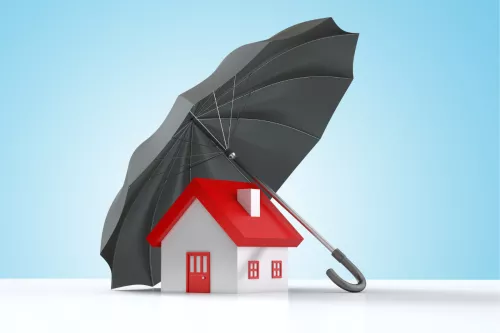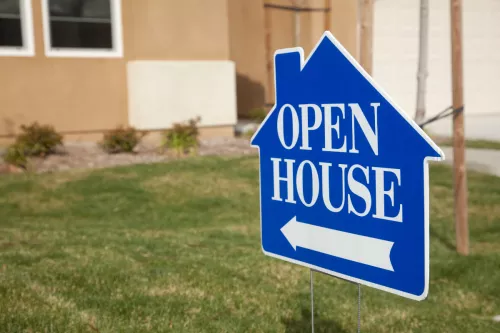Picture yourself stepping through a beautifully carved wooden door, into a space where history whispers from the ornate moldings and grand staircases beckon you to explore. Victorian homes are not just structures; they're masterpieces of design and craftsmanship, inviting us on a journey through time.
So, pull up a cozy chair, perhaps in a turret window nook, and let's embark on a delightful exploration of these architectural treasures. Are you interested in exploring the various facets of Victorian houses? Here we will cover from their defining features and historical background to their popularity and the types that exist.
What Makes a House a Victorian?
Victorian homes are truly captivating, with their mix of whimsical styles and distinctive features. Imagine quaint homes with steep roofs, round towers, and an array of turrets and dormers creating a picturesque skyline.
Their exteriors boast vibrant colors, stained glass, and intricate woodwork, often highlighted by charming wrap-around porches adorned with detailed trim. It's like wandering into a life-sized, enchanting dollhouse!
Step inside, and you'll find high ceilings and walls that defy the ordinary, alongside a maze of rooms each dedicated to its own special activity - from music rooms filled with melodies to cozy libraries and formal parlors for greeting guests. The interiors dazzle with elaborate trim work, grand staircases, and sparkling chandeliers, celebrating the Victorian era's love for extravagance.
In these homes, the open-concept layout was unheard of. Instead, each room had its purpose, creating a complex and charmingly segmented living space that adds to the Victorian home's unique allure.
The History of Victorian Houses

Victorian architecture, emerging during Queen Victoria's reign from 1837 to 1901, is a British style that blends elements from Gothic Revival, Italianate, Queen Anne, and Stick-Eastlake designs. Its spread to places like the USA and Australia reflects the era's British colonial influence.
The Industrial Revolution played a key role in shaping this style, enabling the construction of elaborate and ornately decorated homes, a departure from the simpler buildings of earlier times. Victorian homes are renowned for their intricate details and vibrant colors.
The Victorian era was a time of rapid industrialization and urbanization, leading to significant changes in social structure and housing needs. The rise of the middle class, along with advancements in construction technology, fueled the demand for new housing. Victorian houses were a response to these changes, reflecting the era's prosperity and the newly established social norms.
Why Are Victorian Houses So Popular?
Victorian architecture is celebrated for its lasting strength, a testament to the superior materials like brick, stone, and cast iron employed in its construction. These buildings are characterized by their lofty ceilings and expansive windows, contributing to a desirable airy and luminous ambiance that remains popular in modern homes.
Yet, it's their distinct character traits that distinguish them from contemporary housing designs. Over time, many Victorian homes have been adeptly adapted to fit modern lifestyles, including the incorporation of spacious open-plan kitchens, seamlessly blending historical charm with today's living standards.
Types of Victorian Houses
From the imposing Gothic Revival to the ornate Queen Anne, Victorian architecture offers a fascinating glimpse into a bygone era, where every detail tells a story.
Gothic Revival

The Gothic Revival style is a dramatic homage to the grandeur of medieval Europe, characterized by its pointed arches, steep gables, and intricate decorative patterns. These structures often resemble the grand cathedrals of the past, with their emphasis on verticality and light.
Features such as lancet windows, buttresses, and finials add to the ecclesiastical aesthetic, making Gothic Revival homes stand out for their fairy-tale-like appearance.
Italianate
Drawing inspiration from the country villas of the Italian Renaissance, the Italianate style is marked by its low-pitched or flat roofs, tall, narrow windows, and wide eaves supported by ornate brackets.
Cupolas, belvederes, and balconies add a touch of elegance, while round-headed doors and windows imbue these homes with a classical grace. The Italianate style exudes a sense of romantic charm, offering a more subdued ornamentation compared to its Victorian counterparts.
Second Empire
The Second Empire style is a reflection of France's opulence under Napoleon III, easily identified by its distinctive mansard roofs, which allow for additional living space in the attic.
Decorative elements like dormer windows, iron cresting, and elaborate moldings are hallmarks of this style, along with a symmetrical façade that lends a sense of grandeur and formality. Second Empire homes often feature tall windows and classical details, embodying the extravagance of the era.
Queen Anne

Queen Anne and Italianate are among the most prevalent Victorian home styles.The Queen Anne style is perhaps the most eclectic and ornate of the Victorian era, known for its asymmetrical façades, sprawling porches, and an abundance of decorative details.
Features such as patterned shingles, spindlework, and bay windows contribute to the visual complexity that defines this style. Towering turrets and wraparound porches add to the whimsical and grandiose nature of Queen Anne homes, making them the epitome of Victorian extravagance.
Stick-Eastlake
A more restrained expression of Victorian architecture, the Stick-Eastlake style focuses on the visibility of structural "stickwork" beneath the exterior cladding, offering a more textural and linear aesthetic.
This style emphasizes horizontal and vertical lines, with intricate wooden detailing and trusses that highlight the craftsmanship of the era. Stick-Eastlake homes often feature decorative gables, overhanging eaves, and handcrafted porches, blending simplicity with ornamental elegance.
What State Has the Most Victorian Homes?
California is notably recognized for having a significant number of Victorian homes, especially in cities like San Francisco, where the iconic "Painted Ladies" near Alamo Square are a famous example. The state's rich history during the Victorian era, combined with its economic boom during the Gold Rush, contributed to the widespread construction of Victorian-style houses.
However, Victorian architecture is also prevalent in many other states, particularly in the Northeast and Midwest, where the style flourished during the industrialization period of the late 19th century. States like Massachusetts, Pennsylvania, and New York also boast impressive collections of Victorian homes, reflecting the architectural diversity and historical richness of the United States.
People also ask
Are Victorian houses energy-efficient?
Due to their original construction without contemporary insulation techniques, Victorian houses tend to lose heat quickly, which underscores the importance of effective insulation for homeowners. Enhancing insulation can lead to substantial savings on heating expenses and greatly diminish carbon dioxide emissions.
Is maintaining a Victorian home expensive?
Keeping a Victorian home in good condition requires considerable effort and can be costly, yet it proves to be beneficial over time. The extent of maintenance and restoration needed largely hinges on the home's historical upkeep and its age.
Can Victorian homes be modernized?
Yes, many Victorian homes have been successfully updated to accommodate modern amenities while preserving their style. Today, updating a Victorian home focuses on enhancing functionality without compromising its historical charm. Homeowners are moving away from imposing a stark, modern aesthetic on these period properties.
Instead, the goal is to find fixtures that nod to the home's original era while providing modern-day efficiency.

 Marcio Vasconcelos
Marcio Vasconcelos
